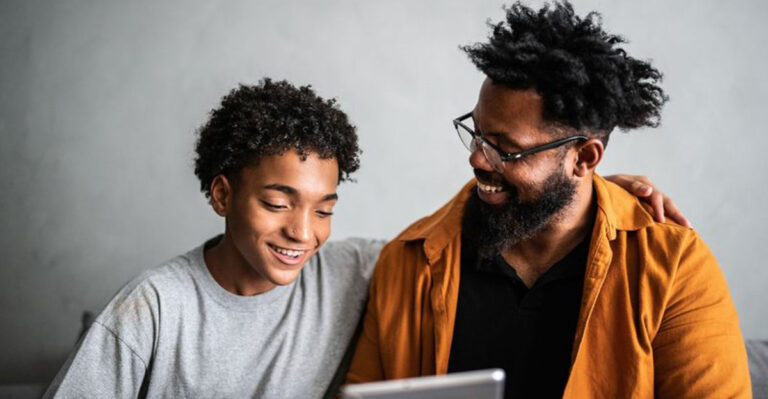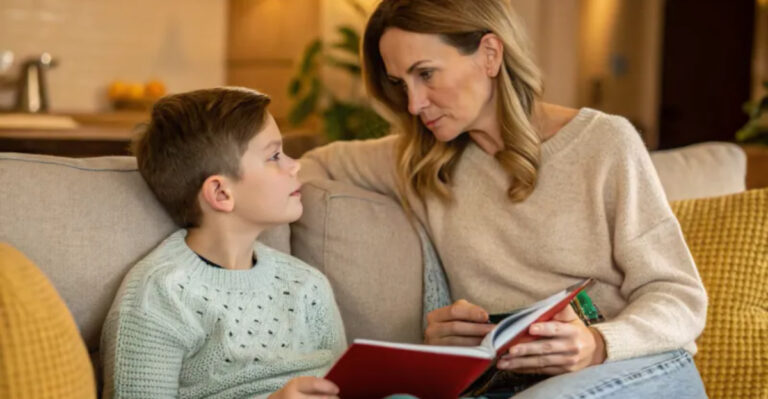20 Creative Kindness Activities That Teach Kids To Care
Do you know what’s exhausting? Watching your kid struggle to understand why kindness matters, even when you’ve repeated yourself fifty times in the carpool line. It’s not your fault. Our world runs on speed, snark, and screens—kindness doesn’t always stand out, but here’s the hard truth: it matters more than we let on.
Forget the fluffy advice you’ve seen on Pinterest boards. These are real, tested kindness activities for kids—the very ones that make you wish someone had taught you this stuff, too. Some will make your living room messy. Some will make you uncomfortable. And some might even change how you see your own kid.
Ready? Here are 20 ways to make caring contagious, without sounding fake or forcing it.
1. Kindness Tree
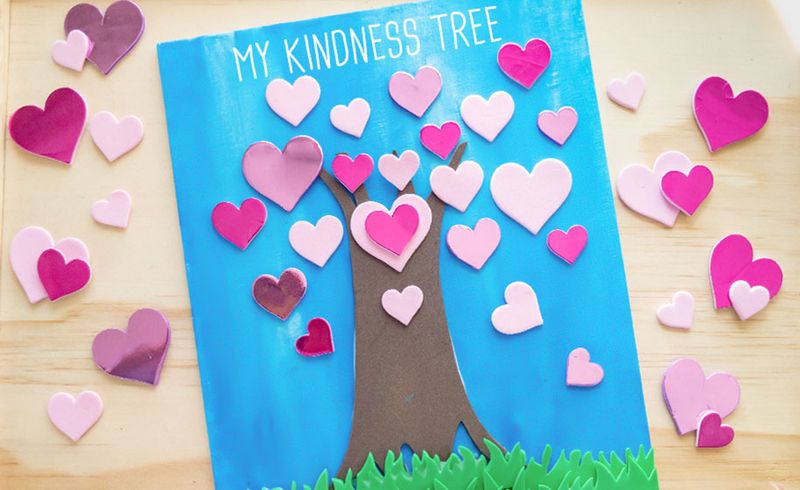
Ever noticed how kids light up when you let them stick something on the wall? The Kindness Tree taps right into that thrill. Each time your kid does something kind—sharing a snack, helping a sibling, even saying something brave—they write it on a paper leaf and add it to the tree.
Some days, the tree looks bare and that’s the point. The emptiness is a real conversation starter about what it means to actually do good, instead of just talking about it.
The best part? After a month, you’ve got living proof of growth looking right at you every morning. It’s visual, messy, and honest—just like parenting.
2. Story Time with a Twist
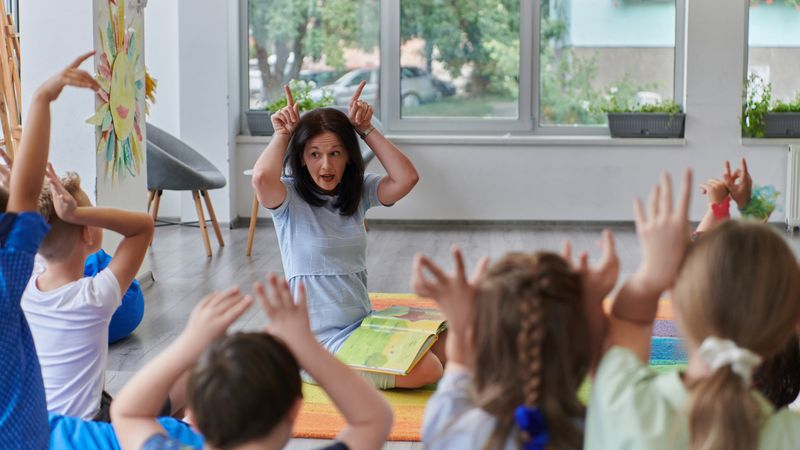
You already read bedtime stories, but do you ever stop mid-page and ask, “Why do you think she acted like that?” Most of us don’t. We’re tired and hanging on by a thread. But this tiny pause is where the magic happens.
When you discuss a character’s choices out loud, kids start connecting the dots between feelings, actions, and consequence. It’s not just about the plot anymore—it’s about real empathy, one page at a time.
Sometimes, your kid will say something wild or brutally honest. That’s your cue: listen, don’t correct. Their insights might surprise you, or even teach you something new about your own capacity for kindness.
3. Acts of Kindness Challenge
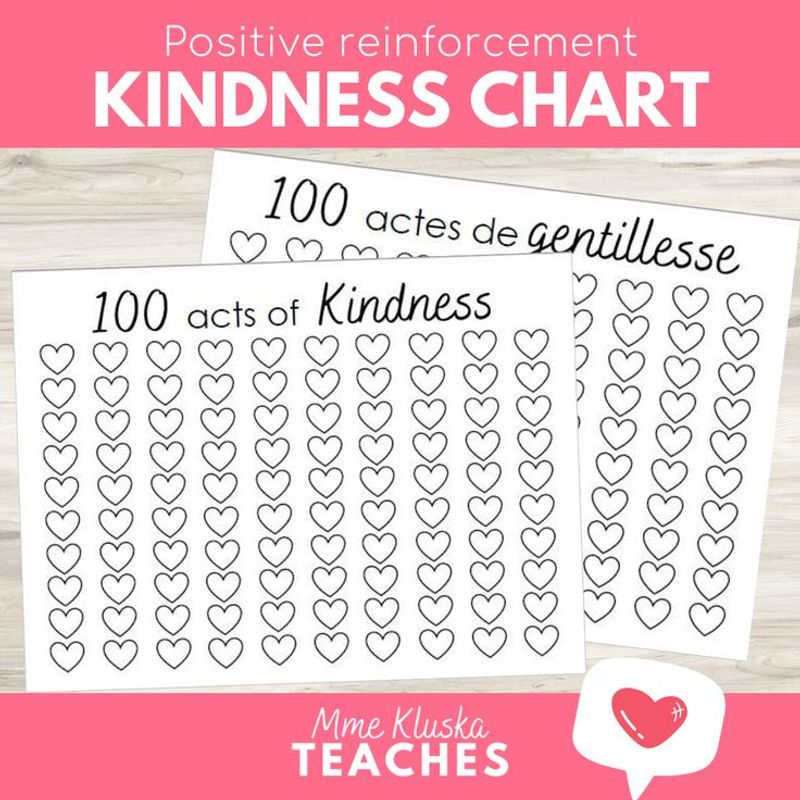
Have you ever tried to keep a habit for a whole week? Now try getting a kid to do it. The Acts of Kindness Challenge isn’t about perfection; it’s about showing up every day and trying again, even when you’re not in the mood.
Each day, your kid picks a new act—maybe holding the door, giving a compliment, or sharing their favorite marker. They track it on a big, bold chart, so everyone sees their wins and their flops.
There’s no gold star for being the “nicest.” It’s about noticing effort, not outcome. And quietly, those daily choices add up to something bigger: a kid who sees kindness as a habit, not a headline.
4. Kindness Journals
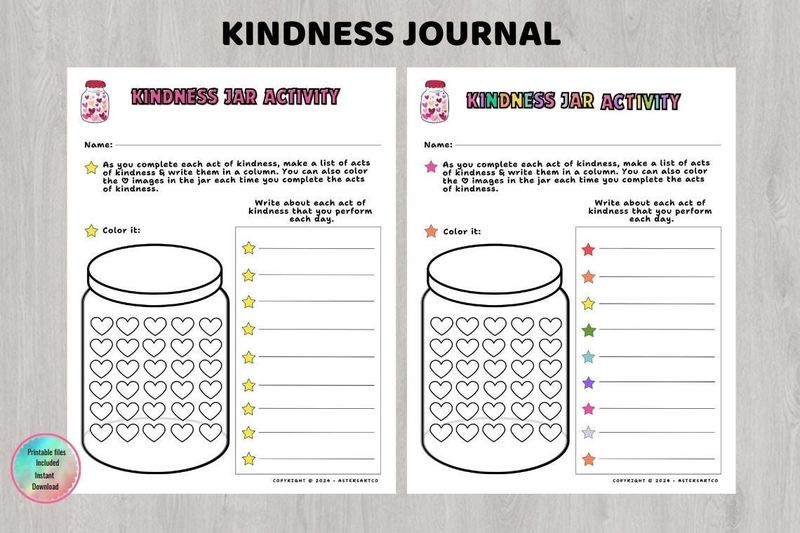
There’s something sacred about a journal that’s just for them. Kindness Journals are where kids write, doodle, or scribble about what they did for someone else—and how it actually felt.
Some days, the page is empty because kind acts didn’t come easy. Other times, they draw wild, messy hearts and crooked smiles that say more than words ever could.
Over time, these journals become quiet mirrors, reflecting back a bigger story: how even the smallest acts—like letting a friend cut in line—actually matter. At times, you read what they wrote and see yourself in their bravery.
5. Role-Playing Scenarios
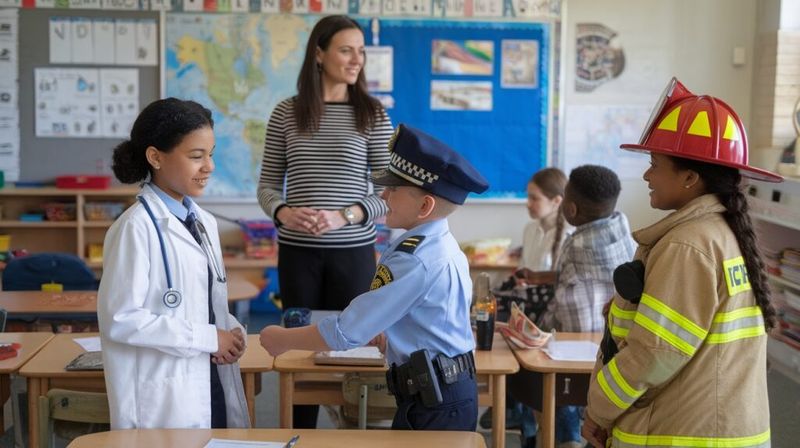
Remember those awkward moments at recess when nobody knew what to say? Role-playing scenarios give kids a real script for those strange, uncomfortable times. You throw out a “what if”—like, what if someone drops their lunch?—and let them act out what they’d do.
It’s not about getting it right the first time. Half the time, kids are giggling or making it up as they go. That’s good. It means they’re comfortable enough to try, mess up, and try again.
Soon, the tough stuff—welcoming a new kid, calling out bullying—gets less scary. Kindness isn’t just an idea; it’s something your kid has practiced, like learning to tie their shoes.
6. Community Service Projects

I dare you to find a more humbling moment than watching your kid pack a bag for someone who won’t get dinner tonight. Community service projects—like making care kits or cleaning up a park—put kindness in the real world, where it’s messy and unpredictable.
Kids see the actual impact. That toothpaste they throw in a bag might make someone feel seen. The trash they pick up in the park? It matters.
You’re not raising a hero here. You’re showing your kid how to care in a world that desperately needs more of it. And sometimes, the gratitude they get back is quieter and deeper than any trophy.
7. Kindness Role Models
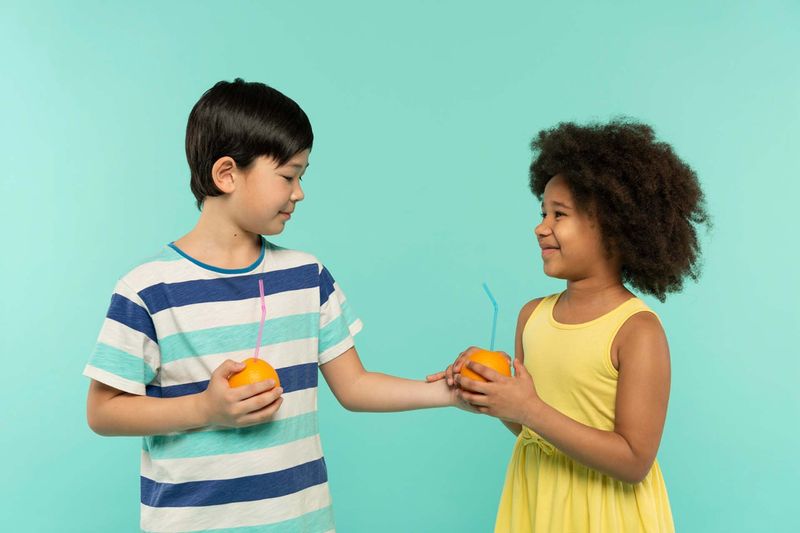
Did your kid ever ask why some people get their face on a poster? Kindness Role Models are about introducing real people who changed lives with compassion—no capes, no magic. You talk about folks like Mother Teresa or Martin Luther King Jr., and you ask, “What would you do if you were them?”
Kids might roll their eyes at first, but soon they start seeing themselves in those stories. Maybe they’re the ones who speak up or stand beside someone who’s left out.
Sooner or later, kids realize kindness isn’t just for grownups or the news. It’s for right now, right here, with the people they see every day.
8. Thank You Notes
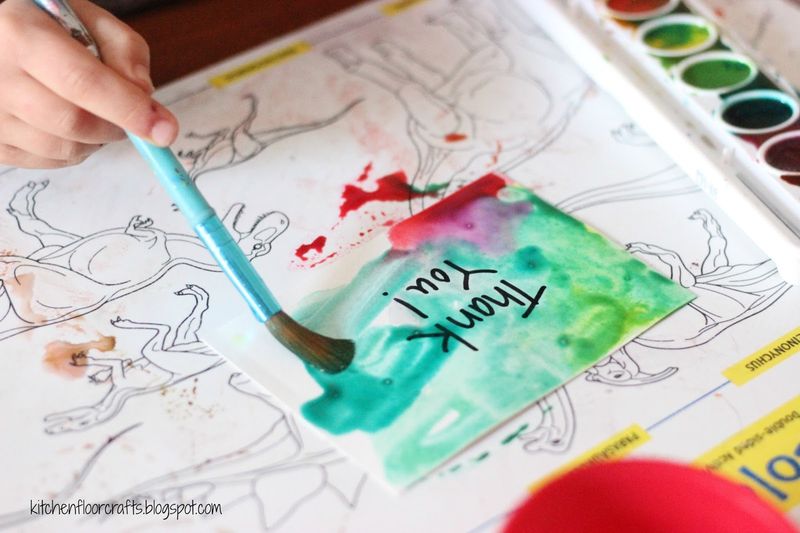
Forget the emails. There’s something real about a handwritten thank-you note, even if it’s full of misspellings and stick figures. Kids pick someone—a teacher, a neighbor, or the mail carrier—and say thank you in their own words.
The note itself doesn’t have to be perfect. It’s the act that counts: pausing, reflecting, and reaching out. Occasionally, your kid gets a note back, and you see their whole face change.
This habit grows roots. Kids start noticing the people who care for them, and they learn that gratitude is a two-way street, not just a holiday thing.
9. Rainbow of Kindness
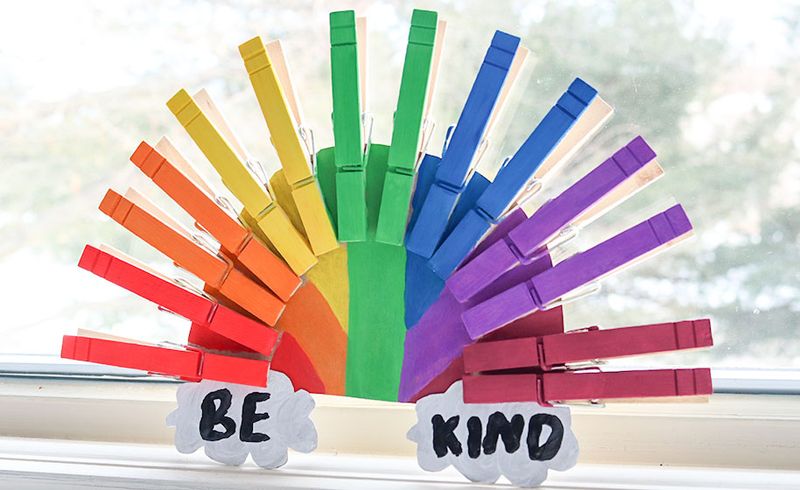
What does kindness look like? Once in a while, it’s as simple as a rainbow made out of ice cream sticks. Each stick gets a bright label: “You matter,” “I care,” or “Thanks for being you.”
Pretty soon, these rainbows show up everywhere—on windowsills, in backpacks, tucked into a sibling’s lunchbox. Every time your kid hands out a stick, they’re sharing a little bit of hope, no strings attached.
It’s crafty, yes, but it’s also sneaky: suddenly, your kid is looking for reasons to say something good. Small words, big impact. That’s the real secret.
10. Kindness Rock Painting
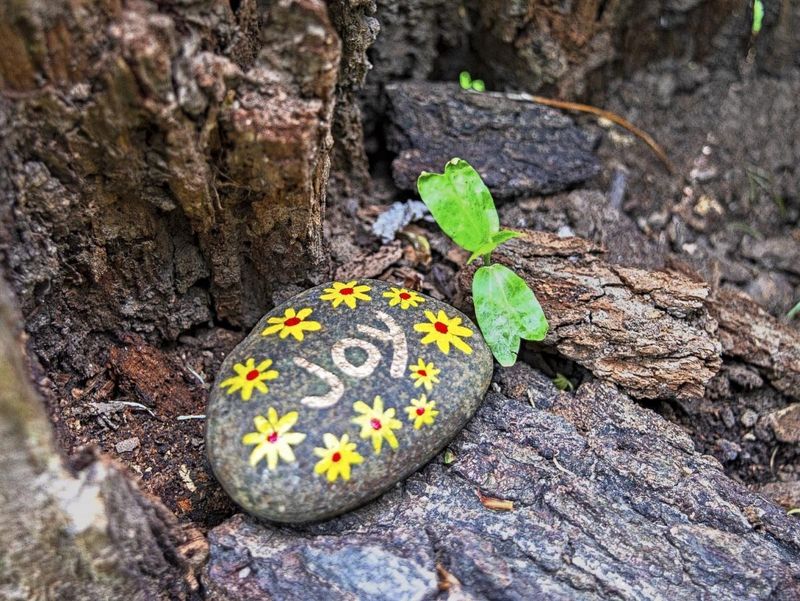
Ever found a rock with a goofy face or a wild message at the park? That’s the point of kindness rock painting. Kids choose smooth stones, splash them with color, and write anything from “Smile” to “You’re not alone.”
They leave the rocks behind for strangers to find—no names, no fanfare. When someone discovers that little surprise, it turns a regular day into something a bit better.
Kindness rocks aren’t about being seen. They’re about making the world less lonely, one weird, wonderful pebble at a time. It’s creative chaos and a real act of hope.
11. Volunteering Together
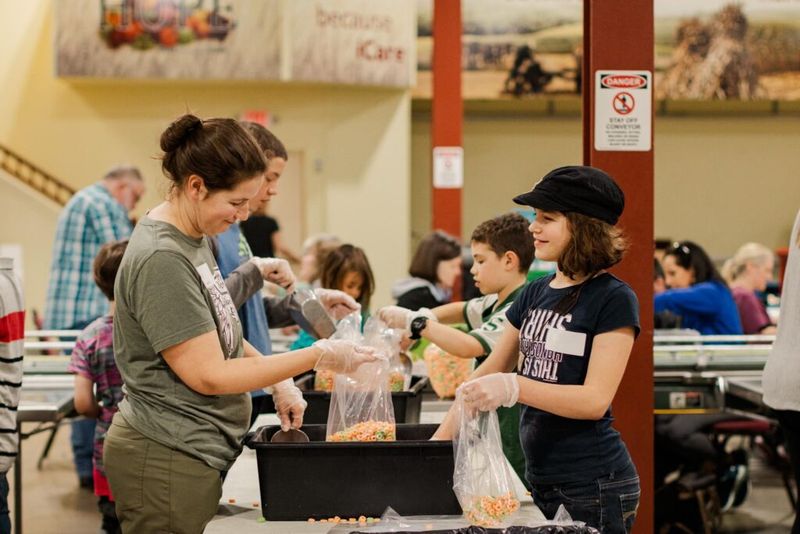
Kids don’t always listen to what you say, but they sure as heck notice what you do. Volunteering together—side by side, sorting cans or cleaning up a playground—tells your kid straight up what you value.
You’ll both get dirty, a little tired, maybe even frustrated. But you’ll also leave with stories you both remember, the kind you talk about on the drive home.
Giving your time is the lesson. Sharing the work is the glue. And at times, your child sees you not just as Mom, but as a teammate making a dent in the world.
12. Buddy Homework Help

Remember how it felt when someone finally explained that math problem in a way that made sense? Buddy Homework Help is about turning confusion into connection.
One kid helps another with their homework—not because they’re a genius, but because they know what it’s like to feel lost. Helping isn’t just for the “smart” kid; it’s for anyone willing to sit down, listen, and try.
This isn’t just about getting the answers right. It’s about learning to show up for someone who’s struggling, and finding out that patience is its own kind of gift.
13. Kindness Song

Ever watched a kid belt out a silly song and mean every single word? Writing or singing a kindness song gives kids a way to say what’s on their heart—and stick it in their head for days.
They make up lyrics, clap out a beat, maybe even dance a little. There’s no right or wrong, just their voices getting louder and braver as the song grows.
Music has a way of making lessons stick without feeling preachy. Long after the song ends, you’ll catch them humming the tune—and maybe, just maybe, remembering what it means to be kind.
14. Kindness Calendar

Ever wanted to make kindness less of a “someday” thing and more of a right-now thing? The Kindness Calendar does exactly that. Each day gets its own box and its own act—sometimes tiny, sometimes bold.
Kids see their progress right in front of them. Miss a day? It’s not the end of the world. The calendar is about momentum, not guilt.
Over weeks, these small marks add up. By the end of the month, your kid can look back and see a whole wall of proof that yes, they did make a difference.
15. The Giving Jar
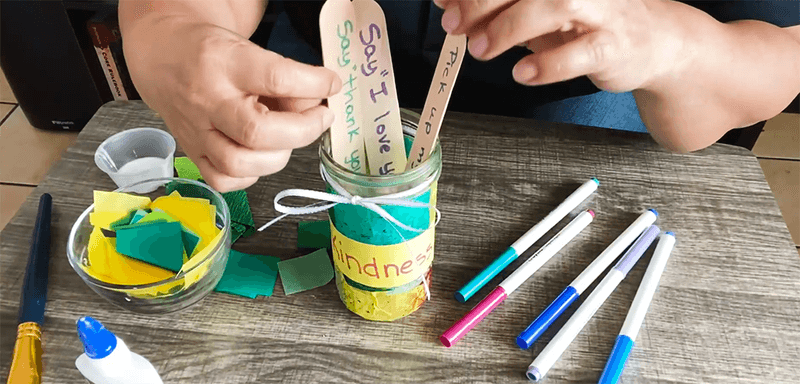
There’s something a little bit magic about a jar that promises surprises. The Giving Jar is where kids drop notes, small toys, or even coupons for chores. It’s not about the stuff; it’s about the thought that someone will feel good when they open it.
Kids start paying attention to what makes others happy, instead of just what’s missing from their own day. You see generosity grow, one crumpled note at a time.
Before long, even the grown-ups want in. The jar becomes a quiet reminder that kindness can be simple, spontaneous, and a little bit fun.
16. Reading Books About Kindness
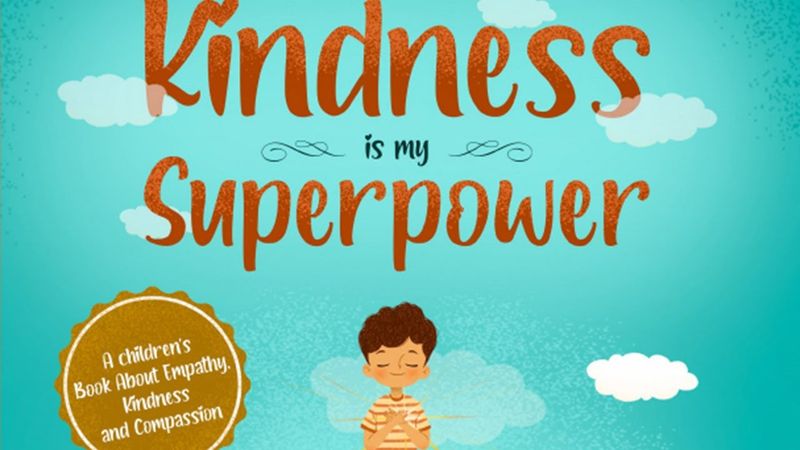
When’s the last time a book changed your mind about something? Kids don’t need lectures; they need stories that stick. Books about kindness—like “Kindness is my Superpower”—give kids a front-row seat to what caring looks like, even when it’s awkward or hard.
It’s not about the happy ending. It’s about seeing someone fumble and try again, even when they mess up. Your kid sees themselves in the hero—or the one who needed help.
Stories can crack open new ways of thinking. In certain moments, the right book is all it takes to help a kid believe they’re capable of making someone’s day a little bit brighter.
17. Kindness Role Play (with Puppets or Toys)
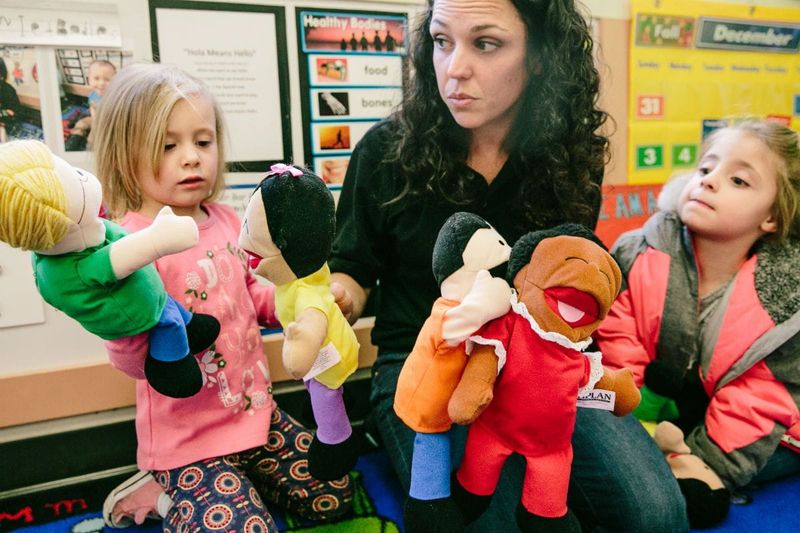
It’s wild how a sock puppet can get a kid to say what they’d never admit out loud. Kindness Role Play with toys lets kids try on new responses without any pressure. They act out how to comfort a friend, apologize, or ask someone to play.
Sometimes, the puppet fumbles or says something silly. That’s the window to talk about mistakes and second chances. Kids drop their guard around toys—suddenly, things feel possible.
You might see your child act out something that happened at school, and that’s your cue: listen and learn. Every now and then, pretend play is where the truth sneaks out.
18. Kindness Coupons

Who knew a piece of paper could change the mood in a house? Kindness Coupons are tiny promises—hugs, chores, even sharing the last cookie—that kids hand out when they’re ready to show they care.
Occasionally, it gets competitive: siblings start trading coupons to see who can out-nice the other. That’s not a bad thing—suddenly, kindness becomes the new currency.
The real win is when someone cashes in a coupon on a tough day. Those little slips can turn an argument into a laugh, or remind someone that family is about showing up when it counts.
19. Kindness Coloring Pages

From time to time, all a kid needs is a quiet moment and a fresh set of crayons. Kindness Coloring Pages aren’t just busywork—they’re a gentle way to get kids thinking about positive words like “You’re brave” or “Be kind.”
As they color, those messages sink in, one bold letter at a time. The pages end up taped to the fridge or hidden in backpacks, reminders that caring words belong everywhere.
Maybe they’re messy masterpieces, maybe not. What matters is your kid spent a few minutes with kindness—no grades, no pressure, just color and calm.
20. Random Acts of Kindness Mailbox
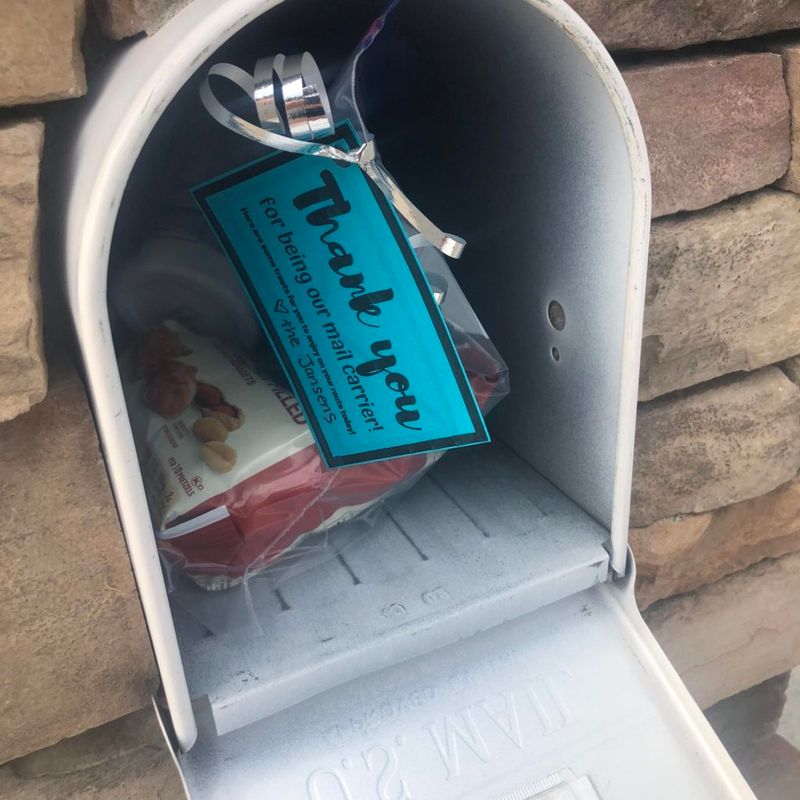
Do you ever wish you could hit pause and notice the good stuff happening in your own house? The Random Acts of Kindness Mailbox does exactly that. Family members jot down notes about kind things they saw—big or small—and drop them in throughout the week.
At dinner, you read the notes out loud. It’s awkward at first, then suddenly it’s real. Kids blush, siblings laugh, and you start catching each other in the act of being good.
The mailbox doesn’t fix every fight, but it does make you see—and celebrate—the small moments that usually slide by unnoticed.






